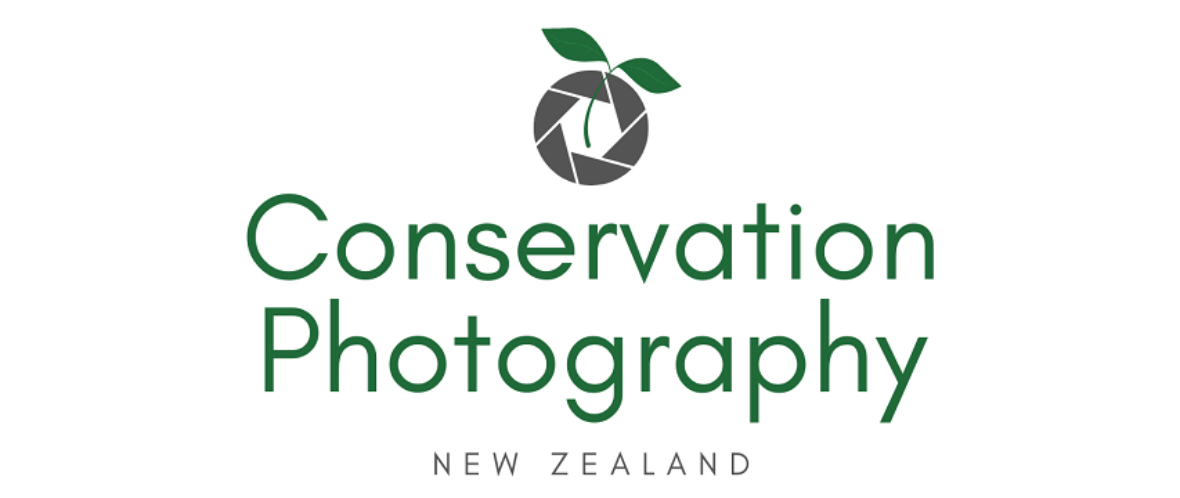Purposeful – Active use of photography
The most obvious functions of conservation photography are to drive conservation, to present calls to action and to encourage behaviour that will protect and conserve rather than damage or destroy.
Wikipedia uses the term ‘active use of the photographic process’ and this is key. Conservation Photography by and large relates to photographs that are used specifically to advocate for and to promote and activate initiatives for conservation. They are always taken ethically, ensuring that the process of photographing has no detrimental effects on wildlife or fragile environments.
When changes in behaviour are called for to protect wildlife or habitat, or perhaps the conservation of historical and cultural subjects, then action is most often inspired by an image. But each image first has to drive understanding and empathy – only then can we expect action.
Greenpeace are experts in this field, planning, taking and using compelling images to drive emotions and then action. For example, their images have motivated the public to march on Queen Street in Auckland in opposition to mining on public conservation land in 2010, they have encouraged opposition against deep sea oil drilling in Hawkes Bay, and they have encouraged the public to engage in public consultation processes on issues such as marine pollution.

The Royal Forest & Bird Protection Society of New Zealand are the other leading conservation group in New Zealand and photography is key to their calls for action to protect nature. Their magazine and emails reach its 80,000 members and many more beyond and images are key to their presentation of conservation campaigns, issues and articles.

